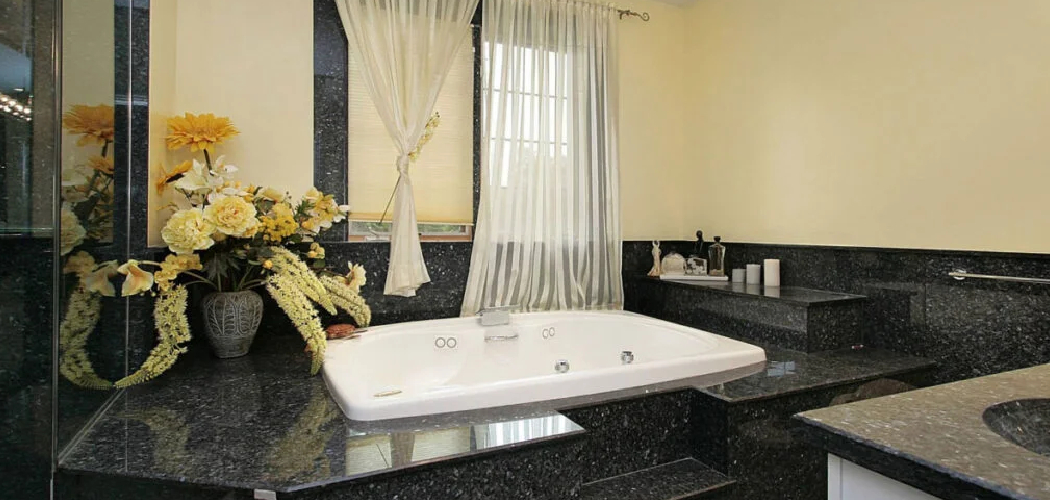Getting moisture out of a bathroom is essential for maintaining a healthy and comfortable environment, as excess moisture can lead to mold, mildew, and unpleasant odors. Proper ventilation and moisture control are key to preventing these issues and preserving the integrity of your bathroom.
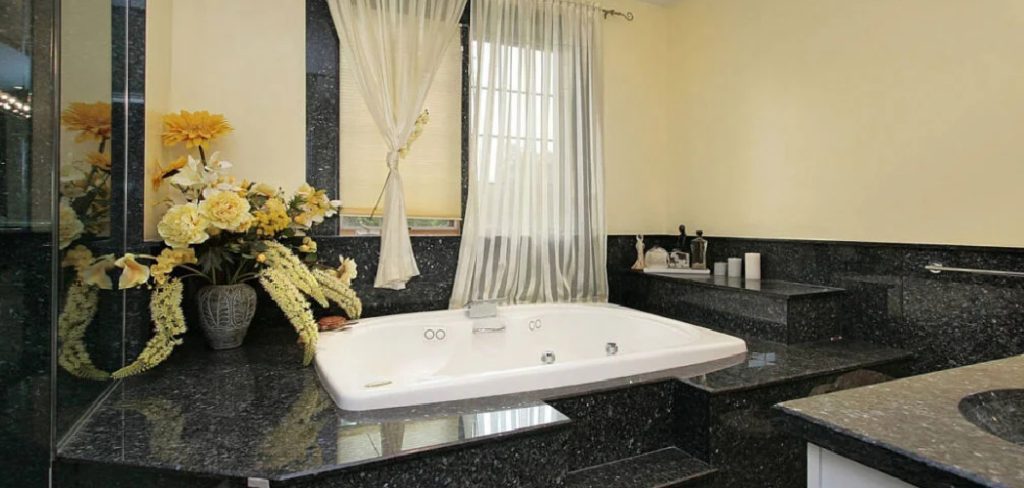
In this comprehensive guide, we’ll explore various methods and techniques for how to get moisture out of a bathroom. From using exhaust fans and dehumidifiers to implementing proper ventilation and sealing techniques, we’ll cover everything you need to know to keep your bathroom dry and free from moisture-related problems.
Whether you’re dealing with occasional condensation or chronic humidity issues, mastering the art of moisture removal will help you create a clean, comfortable, and mold-free bathroom environment for you and your family.
Importance of Managing Moisture in the Bathroom
Managing moisture in the bathroom is not only crucial for maintaining the space’s aesthetic and structural integrity but also for ensuring the health and well-being of its occupants. Excess moisture in the bathroom can create a conducive environment for mold and mildew to thrive.
These fungi are not just unsightly; they can also release spores into the air, which may cause or exacerbate respiratory problems, allergies, and other health issues for those living in the home. Furthermore, persistent moisture can damage the walls, ceilings, and fixtures, leading to costly repairs and replacements.
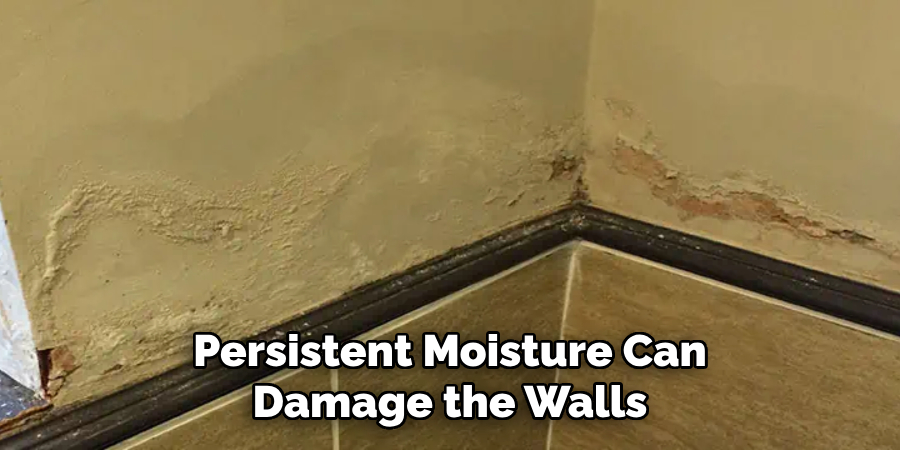
It can also degrade the quality of indoor air and contribute to a musty, unpleasant smell that permeates throughout the home. By effectively managing moisture levels, homeowners can prevent these problems, preserving both the bathroom’s functionality and the overall health of the household.
Common Issues Caused by Excess Moisture
Excess moisture in the bathroom does more than just leave watermarks; it leads to several other significant issues that can compromise the overall health and safety of your living environment. One of the most prominent problems is the growth of mold and mildew, which not only appear as unsightly black or green patches but also pose serious health risks by releasing harmful spores into the air.
These spores can aggravate or lead to respiratory conditions, allergies, and other health issues. Additionally, high humidity levels can cause paint and wallpaper to peel, wooden structures to warp, and metal fixtures to corrode, leading to a decline in the aesthetic appeal and structural integrity of the space.
Excessive moisture can also attract pests, including insects and rodents, who thrive in damp environments. Ultimately, failing to address moisture issues can result in expensive repairs, replacements, and a decrease in property value, not to mention the potential health implications for inhabitants.
Understanding Moisture in the Bathroom
Moisture in the bathroom is primarily generated from activities like showering, bathing, and running hot water, which release significant amounts of steam into the air. Even routine tasks such as washing hands or flushing the toilet can contribute to the overall humidity levels in this space.

Understanding the sources is pivotal because it allows homeowners to tackle the problem effectively. For instance, moisture can accumulate on walls, mirrors, and windows, and if not properly ventilated, it begins to penetrate porous materials such as grout, wood, and plaster. This not only affects the appearance of these surfaces but can also compromise their structural integrity over time.
The key to managing bathroom moisture efficiently lies in recognizing its sources and implementing strategies that either reduce the moisture at its origin or enhance the room’s ability to cope with it. This way, you can maintain a dry, healthy environment that’s less conducive to mold growth and other moisture-related issues.
Sources of Moisture
Identifying the sources of moisture in a bathroom is crucial for developing effective strategies to keep it dry and healthy. The most common sources include:
- Showering and Bathing: These activities are the primary contributors of steam and humidity in a bathroom, as hot water generates large amounts of moisture.
- Running Sinks and Faucets: Similar to showers and bathtubs, sinks contribute to the overall humidity level, especially when running hot water for washing hands or grooming.
- Poor Ventilation: A lack of adequate ventilation allows moisture to remain in the bathroom, trapping it inside and preventing it from dissipating naturally.
- Leaking Pipes and Fixtures: Hidden leaks from pipes or fixtures can introduce moisture into areas behind walls and under floors, often going unnoticed until significant damage occurs.
- Wet Towels and Bathmats: Fabric items left damp after use can also add to the humidity level, especially if they are not dried properly between uses.

Addressing these sources directly can significantly reduce the amount of moisture generated in the bathroom, creating a drier, more comfortable space.
10 Methods How to Get Moisture Out of a Bathroom
1. Use an Exhaust Fan:
Install and use an exhaust fan in your bathroom to remove moisture-laden air. Turn on the exhaust fan before showering or bathing and leave it running for at least 15-20 minutes after to ensure that excess moisture is adequately expelled. If your bathroom doesn’t have a built-in exhaust fan, consider installing one to improve ventilation and reduce humidity levels.
It’s also important to regularly clean and maintain your exhaust fan to ensure efficient operation. Dust, dirt, and debris can accumulate on the fan blades and clog the vents, reducing its effectiveness. Use a damp cloth or brush to carefully remove any buildup from the fan and vents. You may also want to consider changing the filter of your exhaust fan periodically for better air flow.
In addition to preventing mold and mildew growth, using an exhaust fan can also help eliminate odors and improve air quality in your bathroom. It can also reduce the risk of damage to walls, ceilings, and fixtures due to excess moisture.
2. Open Windows and Doors:
When weather permits, open windows and doors to promote airflow and allow moisture to escape from the bathroom. Natural ventilation can be highly effective in reducing humidity levels, especially after showering or bathing. Be sure to close windows and doors during periods of high humidity or inclement weather to prevent moisture from entering the bathroom.
Furthermore, opening windows and doors can also provide natural light, making the bathroom feel brighter and more inviting. This can help reduce the need for artificial lighting and save energy in the long run.
In addition to promoting airflow and natural light, open windows and doors can also help eliminate unpleasant odors from the bathroom. This is particularly useful after using cleaning products or when there is a lack of proper ventilation in the bathroom.
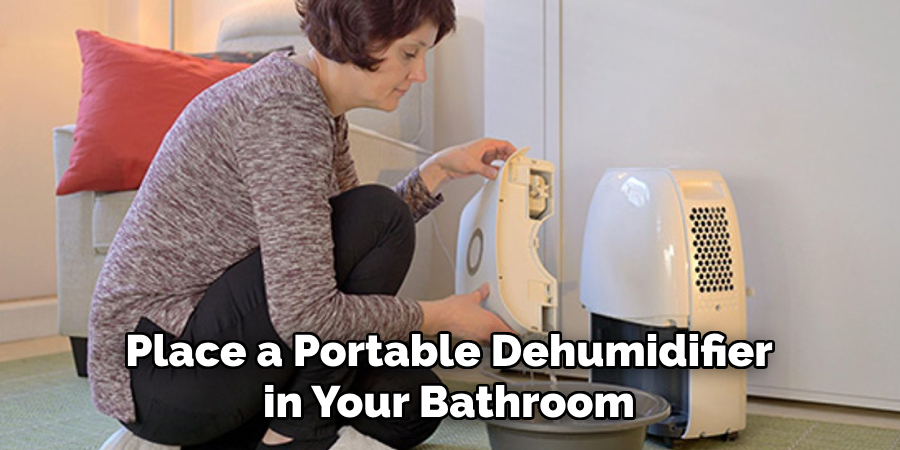
3. Use a Dehumidifier:
Place a portable dehumidifier in your bathroom to remove excess moisture from the air. Dehumidifiers work by drawing in humid air, condensing moisture out of it, and then releasing dry air back into the room.
Run the dehumidifier regularly, especially in bathrooms with poor ventilation or high humidity levels, to maintain optimal moisture levels and prevent mold growth. While dehumidifiers may not eliminate all moisture in the air, they can significantly reduce it and create a more comfortable and healthy environment.
4. Install a Ventilation Fan Timer:
Consider installing a timer switch for your bathroom exhaust fan to ensure that it runs for a sufficient amount of time after showering or bathing. Timer switches allow you to set a specific duration for the fan to operate, ensuring that moisture is adequately removed from the air before automatically shutting off. This can help prevent mold and mildew growth and reduce energy consumption by avoiding unnecessary fan operation.
When choosing a timer switch for your ventilation fan, consider the type of wiring in your home and the features that will best suit your needs. Some timer switches can be set to run for a certain amount of time after they are manually turned on, while others have preset timers that you can adjust according to your preferences.
In addition to preventing mold and saving energy, using a timer switch for your ventilation fan can also help eliminate excess humidity in your bathroom, which can lead to musty odors and potential damage to paint, wallpaper, or wood finishes.
5. Seal Grout and Caulking:
Seal grout lines and caulking around showers, bathtubs, and sinks to prevent moisture from penetrating porous surfaces and causing damage. Use a high-quality grout and caulk sealant to create a waterproof barrier that repels water and inhibits mold and mildew growth.
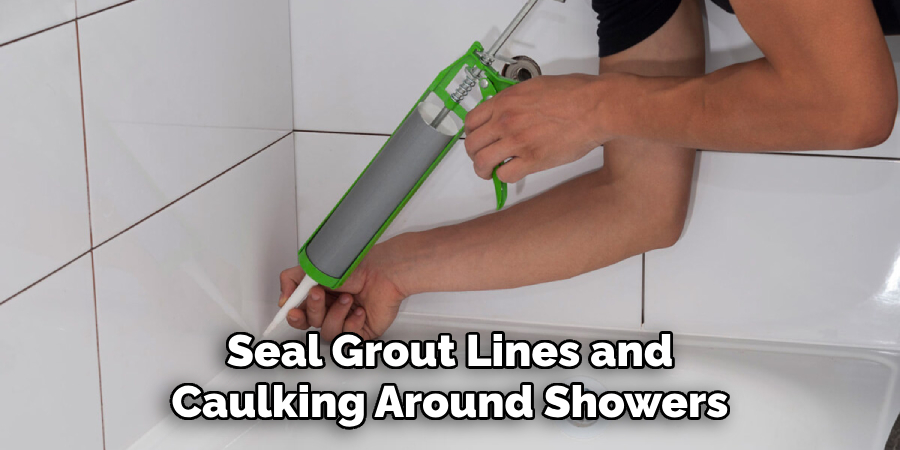
Regularly inspect and reseal grout and caulking as needed to maintain their effectiveness and prevent moisture infiltration. Additionally, properly sealed grout and caulking can enhance the appearance of your tiles and help them last longer.
Grout is a porous material that is used to fill the gaps between tiles, while caulk is a flexible sealant that is used to seal joints where two surfaces meet. Both grout and caulk are susceptible to water damage if not properly sealed. Water can seep through these materials and cause them to break down, leading to cracks and gaps that allow moisture to penetrate underlying surfaces.
To seal grout lines, start by cleaning the surface with a mild detergent and warm water. Use a grout brush or toothbrush to remove any dirt or debris from the grout lines. Once the surface is clean and dry, apply a layer of grout sealant using a small brush or sponge. Make sure to cover all the grout lines thoroughly and wipe off any excess sealant with a damp cloth.
6. Use Towel Racks and Hooks:
Hang wet towels and clothing on towel racks or hooks outside of the bathroom to allow them to air dry more quickly. Hanging damp items in the bathroom can contribute to increased humidity levels and moisture buildup. Encourage family members to hang up their towels and clothing immediately after use to prevent moisture from lingering in the bathroom. Additionally, towel racks and hooks can also help keep the bathroom more organized by providing designated spaces for towels and clothing.
Towel racks and hooks are not only useful in the bathroom, but can also be used in other areas of the home. In bedrooms or closets, they can serve as a convenient spot to hang jackets, sweaters, or scarves. In laundry rooms, they can be used to hang freshly washed clothing before folding and putting them away. Adding towel racks and hooks throughout the home can help keep spaces tidy while also promoting better air circulation for damp items.

When choosing towel racks and hooks, consider the style of your bathroom or home. There are a variety of options available, from classic chrome finishes to modern matte black designs. You can also choose from wall-mounted racks or freestanding ones depending on your space and needs. Installing towel racks and hooks is a simple DIY project that can be completed in just a few steps, making it an easy way to improve the functionality and aesthetic of your home.
7. Run the Exhaust Fan During Showers:
Encourage household members to run the bathroom exhaust fan while showering or bathing to remove moisture from the air before it has a chance to accumulate. Turning on the fan before starting the shower and leaving it running throughout the duration of the shower can help prevent steam and humidity from saturating the bathroom environment.
This can help prevent mold and mildew growth, reduce the risk of water damage, and improve overall indoor air quality.
Additionally, remind household members to leave the exhaust fan running for at least 15 minutes after they are finished showering to ensure that all excess moisture is removed from the room. Some newer models may have a built-in timer or humidity sensor that automatically shuts off the fan after a set amount of time or when the humidity level drops to a certain point.
In addition to running the exhaust fan during showers, it is important to regularly clean and maintain the fan to ensure proper functioning. Over time, dust and debris can accumulate on the fan blades and hinder its ability to effectively remove moisture from the air. This can also lead to unpleasant odors and reduced efficiency. Make sure to clean the fan blades and surrounding areas regularly, and replace the filter if necessary.
8. Use Moisture-Resistant Paint:
Paint bathroom walls and ceilings with moisture-resistant paint to prevent moisture from penetrating and causing damage. Moisture-resistant paint contains additives that inhibit mold and mildew growth and provide a protective barrier against moisture absorption. Choose a paint specifically designed for high-humidity environments like bathrooms for optimal durability and performance.
Additionally, moisture-resistant paint can also help improve the overall appearance of your bathroom. It has a smoother and more even finish compared to traditional paints, giving your walls a professional and polished look. This is especially important in small bathrooms where every detail counts.
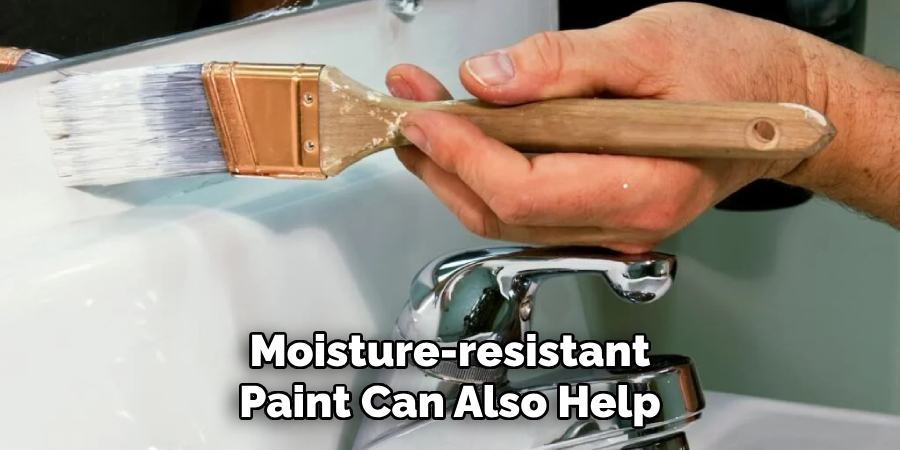
In addition to protecting against moisture damage and improving aesthetics, using moisture-resistant paint can also save you money in the long run. By preventing moisture from entering the walls and ceiling, you can avoid costly repairs or replacements due to water damage. This is especially important in bathrooms where moisture levels are high and constant.
9. Wipe Down Surfaces After Use:
After showering or bathing, use a squeegee or towel to wipe down wet surfaces like shower walls, glass doors, and countertops to remove excess moisture. This helps prevent water from pooling and evaporating slowly, reducing humidity levels in the bathroom. Encourage family members to adopt this habit to maintain a dry and clean bathroom environment.
Another tip to reduce humidity levels in the bathroom is to leave the door open after use. This allows air circulation and helps moisture to escape, preventing mold growth and musty odors. Additionally, if you have a bathroom fan, make sure to turn it on during and after a shower or bath to help remove excess humidity from the room.
In addition to wiping down surfaces and improving ventilation, it’s also important to regularly clean the bathroom to prevent mold and mildew growth. Use a disinfectant cleaner on surfaces such as sinks, toilets, and shower walls at least once a week. Pay special attention to areas that are prone to moisture buildup, such as corners and grout lines.
10. Monitor Humidity Levels:
Use a hygrometer or humidity monitor to track humidity levels in your bathroom and identify potential moisture problems. Ideally, humidity levels should be kept between 30-50% to prevent mold and mildew growth and maintain a comfortable indoor environment.
If humidity levels consistently exceed this range, consider implementing additional moisture removal strategies like running a dehumidifier or increasing ventilation. On the other hand, if humidity levels are consistently below 30%, you may need to increase moisture by using a humidifier or leaving wet towels in the bathroom after showering.
Conclusion
In conclusion, effectively managing moisture in the bathroom is vital for maintaining a comfortable and healthy environment. This comprehensive guide offers a range of strategies and techniques to remove moisture from your bathroom, from quick fixes to long-term solutions.
By implementing proper ventilation systems, regular maintenance practices, and natural remedies, individuals can combat excess moisture effectively. Moreover, addressing moisture issues promptly can prevent potential damage to fixtures, walls, and ceilings, as well as minimize the risk of mold and mildew growth, which can have adverse effects on health. Thanks for reading, and we hope this has given you some inspiration on how to get moisture out of a bathroom!

